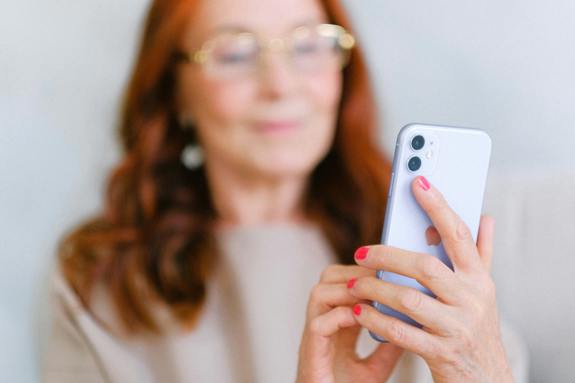How to improve research engagement with neurodivergent people

Embarking on a research journey has been a rewarding challenge. It is a journey I began after two years as a Specialist Coach at Brain in Hand and coincided with receiving an autism diagnosis.
My perspective as a coach and autistic person helps me to understand the barriers faced by our neurodivergent user group. For this reason, I was given an ongoing project to understand how we could be doing research differently to improve accessibility for our users, leading to a more inclusive and impactful approach to research.
Here are 7 key things I have learnt so far
When recruiting for research, something I learnt quickly was the significance of valuing the participants. A person must know their voice matters, that they can have an impact, and that by contributing to research, they will contribute to a fairer, more accessible world. This has changed the way communications are structured and will continue with future work we do.
1. Valuing unique voices
When recruiting for research, something I learnt quickly was the significance of valuing the participants. A person must know their voice matters, that they can have an impact, and that by contributing to research they will contribute to a fairer more accessible world. This has changed the way communications are structured and will continue with future work we do.
2. Efficiency is key in communication
This section alone could have its blog! I have learnt that there is a fine line between giving enough context and overloading with information. Having a landing page on our website with research details would mean that a person could read more when they want to, reducing the amount of text and attachments needed in an initial invite to participate in research.
3. Sharing questions
Recognising the importance of transparency, we've experimented with sharing qualitative interview questions in advance. Drawing inspiration from sharing questions for job interviews allows a person to prepare and hopefully reduce anxiety in the build-up to the interview.
4. The importance of visual information
I have considered how visuals can be utilised throughout the research journey. Including a visual timeline of the research process is a small act that can support someone in understanding what will be involved in the study. This is particularly important when asking participants to commit to long-term studies. We are also including more infographics and videos to support understanding.
Visuals can also be used during interviews to support answering scaled questions. Even just being able to see the questions, particularly when they are qualitative, can be a big support.
5. Offer consistency
Whilst conducting a longitudinal study (which involves multiple interviews over time), we found that participants asked if their interviewer could be the same person each time. To enable this to happen, I set up our booking system so that a person could either choose the same interviewer as last time or choose ‘anyone’. I think this is a small but important step to consider when doing research, as it can reduce anxiety for those involved.
6. Coaching approach to interviews
Something that I have noticed as a by-product of transitioning from coach to researcher is how helpful coaching skills can be for delivering interviews. There are two perspectives this comes from: the team we have supporting a large scale study we are delivering, as well as delivering interviews myself. I feel that using interviewers that understand different neurotypes can help to put the person attending the interview at ease. It can also allow for better quality data from the interview itself because as coaches, we are used to being person centred and helping a person identify what they are trying to explain.
I will continue to learn what works from both sides of the coin – striking a balance between what is needed from a participant’s perspective, and what is needed to get quality data to ensure findings are heard.
There are three key points we will do more: Include more visual information, explore offering multiple formats of data collection (video call, online survey, email, chat etc), whilst balancing the quality of data, and finally make findings more accessible by sharing them on sites where people look for this information, e.g. National Autistic Society, Autistica.